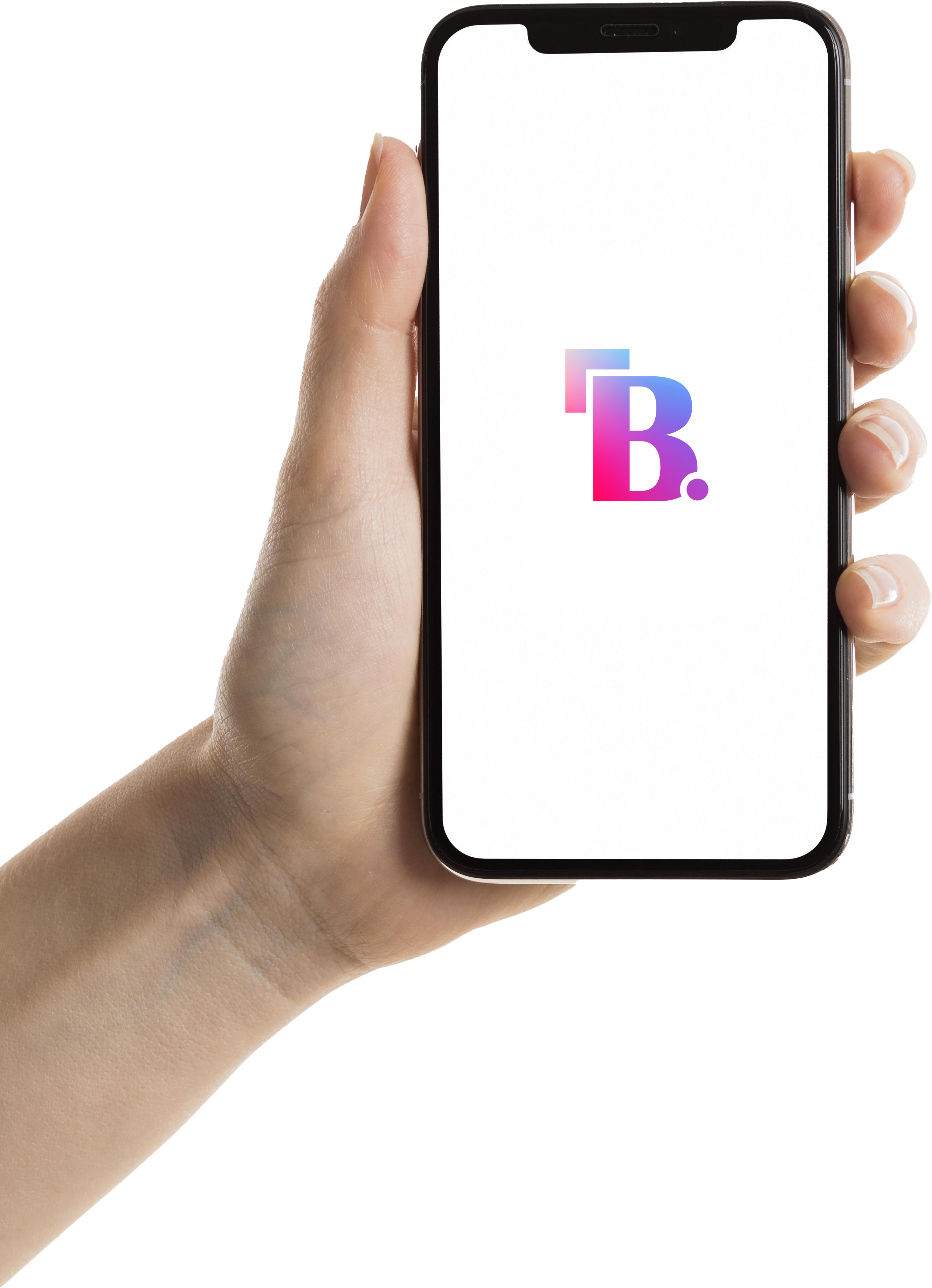The iPhone: A Revolution in the Palm of Your Hand
In 2007, when Steve Jobs took the stage at the Macworld Conference & Expo in San Francisco, no one could have predicted the seismic shift that was about to occur in the world of technology. As he stood in front of a captivated audience, Jobs introduced a device that would not only redefine the mobile phone industry but also transform the way we live, work, and communicate. That device was the iPhone.
The Vision: An All-in-One Device
The story of the iPhone begins with a vision—one that combined Apple’s philosophy of creating beautifully designed, user-friendly products with a bold ambition to revolutionize mobile communication. Before the iPhone, mobile phones were primarily used for calls, texts, and basic internet browsing. Smartphones existed, but they were often clunky, with physical keyboards and limited functionality.
Apple had already disrupted industries with the iPod, a device that transformed the music industry. Now, the company set its sights on the mobile phone market. Steve Jobs envisioned a device that would be a phone, an iPod, and an internet communicator all in one. This "three-in-one" idea was the foundation of what would become the iPhone.
The Development: A Secret Project
The development of the iPhone was shrouded in secrecy. Apple’s engineers and designers were tasked with creating a device that was not only powerful but also intuitive to use. The project was internally referred to as "Project Purple," and those who worked on it were sworn to confidentiality.
One of the key breakthroughs in the iPhone’s development was the decision to replace the traditional physical keyboard with a multi-touch screen. This allowed the device to be more versatile and user-friendly, with a sleek design that stood in stark contrast to the bulky phones of the time. The interface was designed to be controlled entirely by touch, making the device more accessible and intuitive.
Apple also focused on creating an operating system that could handle the demands of a smartphone. The result was iOS, a powerful and easy-to-use platform that would become the backbone of the iPhone’s success.
The Launch: Changing the Game
When Steve Jobs unveiled the iPhone on January 9, 2007, he described it as "a widescreen iPod with touch controls, a revolutionary mobile phone, and a breakthrough internet communicator." The device featured a 3.5-inch screen, a 2-megapixel camera, and ran on Apple’s new iOS operating system. It also introduced the concept of apps, which would later become a cornerstone of the smartphone experience.
The iPhone’s launch was met with a mixture of excitement and skepticism. Some critics questioned whether Apple, a company known for computers and music players, could succeed in the highly competitive mobile phone market. But consumers were intrigued by the iPhone’s sleek design, touch interface, and the promise of having multiple devices in one.
When the iPhone finally hit the market in June 2007, it was an instant hit. Consumers lined up outside Apple stores, eager to get their hands on the revolutionary device. The iPhone sold over six million units in its first year, far exceeding expectations. It quickly became clear that the iPhone was not just a new product; it was the beginning of a new era in mobile technology.
The Evolution: Constant Innovation
The success of the first iPhone was just the beginning. Apple continued to innovate, releasing new versions of the iPhone each year, each one packed with new features and improvements. The iPhone 3G introduced faster internet speeds and access to the App Store, a platform that allowed developers to create and sell apps to iPhone users. This opened up a world of possibilities, transforming the iPhone into a versatile tool for everything from gaming to productivity.
The iPhone 4 brought a stunning new design, with a glass front and back and a high-resolution Retina display. It also introduced FaceTime, a video calling feature that changed the way people communicated. The iPhone 5 expanded the screen size and introduced the Lightning connector, while the iPhone 6 and 6 Plus brought larger screens and more powerful processors.
Over the years, the iPhone continued to evolve, with each new model pushing the boundaries of what a smartphone could do. The iPhone 7 introduced water resistance and a dual-camera system, while the iPhone X, launched in 2017, marked the 10th anniversary of the iPhone with a radical redesign. The iPhone X featured an edge-to-edge OLED display, Face ID for facial recognition, and the removal of the home button, a staple of previous models.
The introduction of 5G technology with the iPhone 12 series marked another significant milestone, bringing faster internet speeds and improved performance to users around the world. The iPhone’s camera system continued to improve, with features like Night Mode, Deep Fusion, and ProRAW, making it one of the most popular cameras in the world.
The Impact: Redefining Technology and Culture
The impact of the iPhone extends far beyond the technology industry. It has fundamentally changed the way we live our lives, from how we communicate and consume media to how we work and shop. The iPhone has become a cultural icon, a symbol of innovation and modernity.
The App Store, which launched in 2008, revolutionized the software industry, creating a new ecosystem for developers and giving rise to the gig economy. Apps like Uber, Instagram, and WhatsApp, which were born out of the App Store, have become integral parts of our daily lives.
The iPhone has also played a significant role in shaping social media, with platforms like Facebook, Twitter, and Instagram optimizing their experiences for mobile users. The ability to take high-quality photos and videos, and instantly share them with the world, has made the iPhone a powerful tool for self-expression and communication.
Apple’s commitment to privacy and security has also set the iPhone apart from its competitors. Features like Touch ID and Face ID have made biometric authentication mainstream, while Apple’s focus on encryption and user privacy has resonated with consumers in an increasingly digital world.
The Legacy: A Continual Journey
As of today, Apple has sold over 2.2 billion iPhones worldwide, making it one of the most successful products in history. The iPhone’s legacy is one of constant innovation, with each new model building on the success of its predecessors while introducing new technologies and features that push the industry forward.
The iPhone has not only transformed Apple into one of the most valuable companies in the world but has also set the standard for what a smartphone should be. Its influence can be seen in every aspect of modern life, from the way we communicate to the way we work, play, and interact with the world around us.
The iPhone’s journey is far from over. As technology continues to evolve, Apple remains at the forefront of innovation, constantly seeking new ways to improve and redefine the iPhone experience. The story of the iPhone is not just about a product; it’s about a revolution—one that has changed the world in ways we never could have imagined.
Popular Posts

OM Redox - Your Oxygen Box
OM Redox Your Oxygen Box is a convenient, portable oxygen provider, ready to use at the touch of [...]

Best Website Development Technology
PHP is often regarded as one of the best technologies for website development due to its flexibil [...]

Bira 91 Markeing Strategy- First Craft Beer of India
Beer enthusiasts are well aware of the wide range of options available, whether they're at a bar [...]




